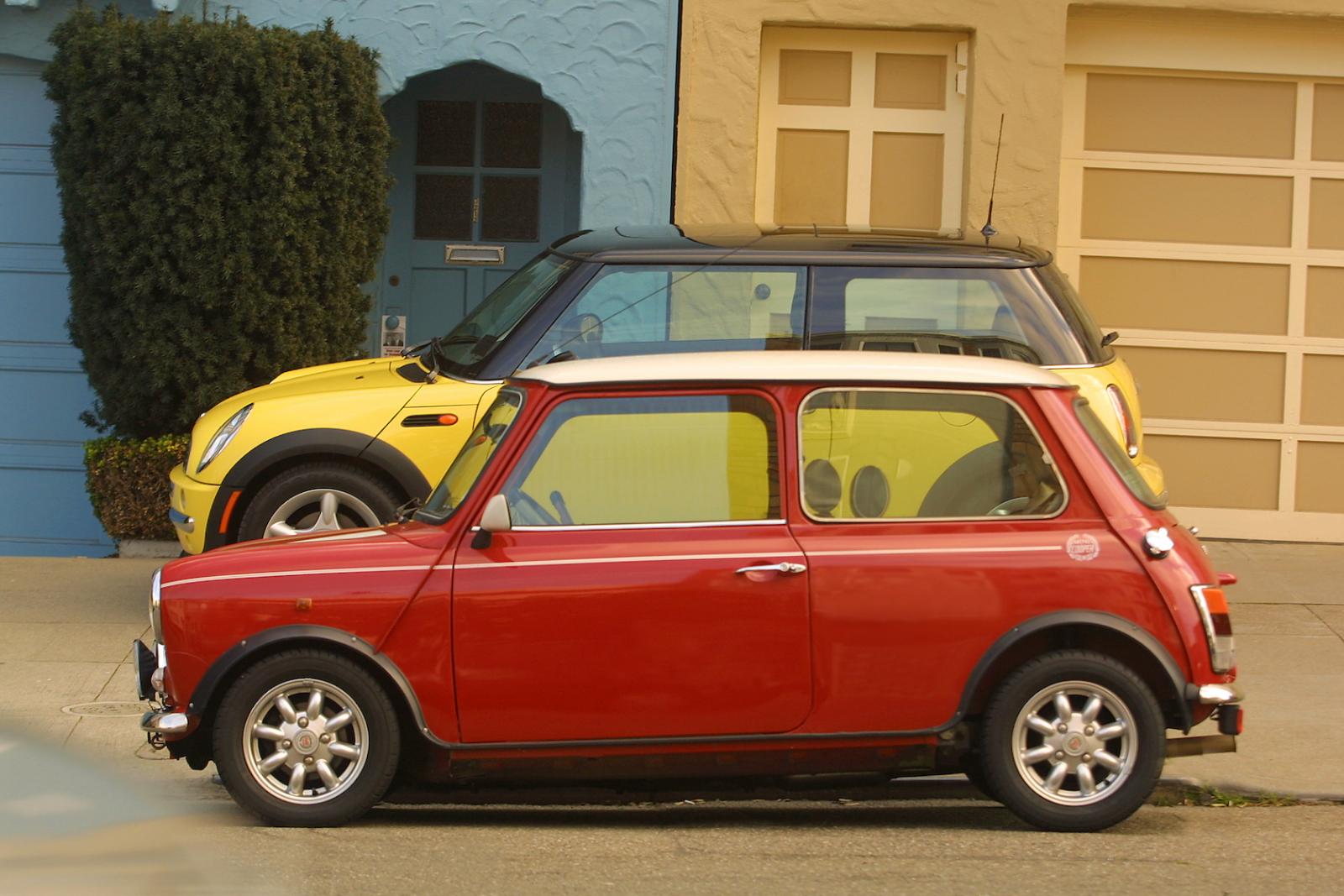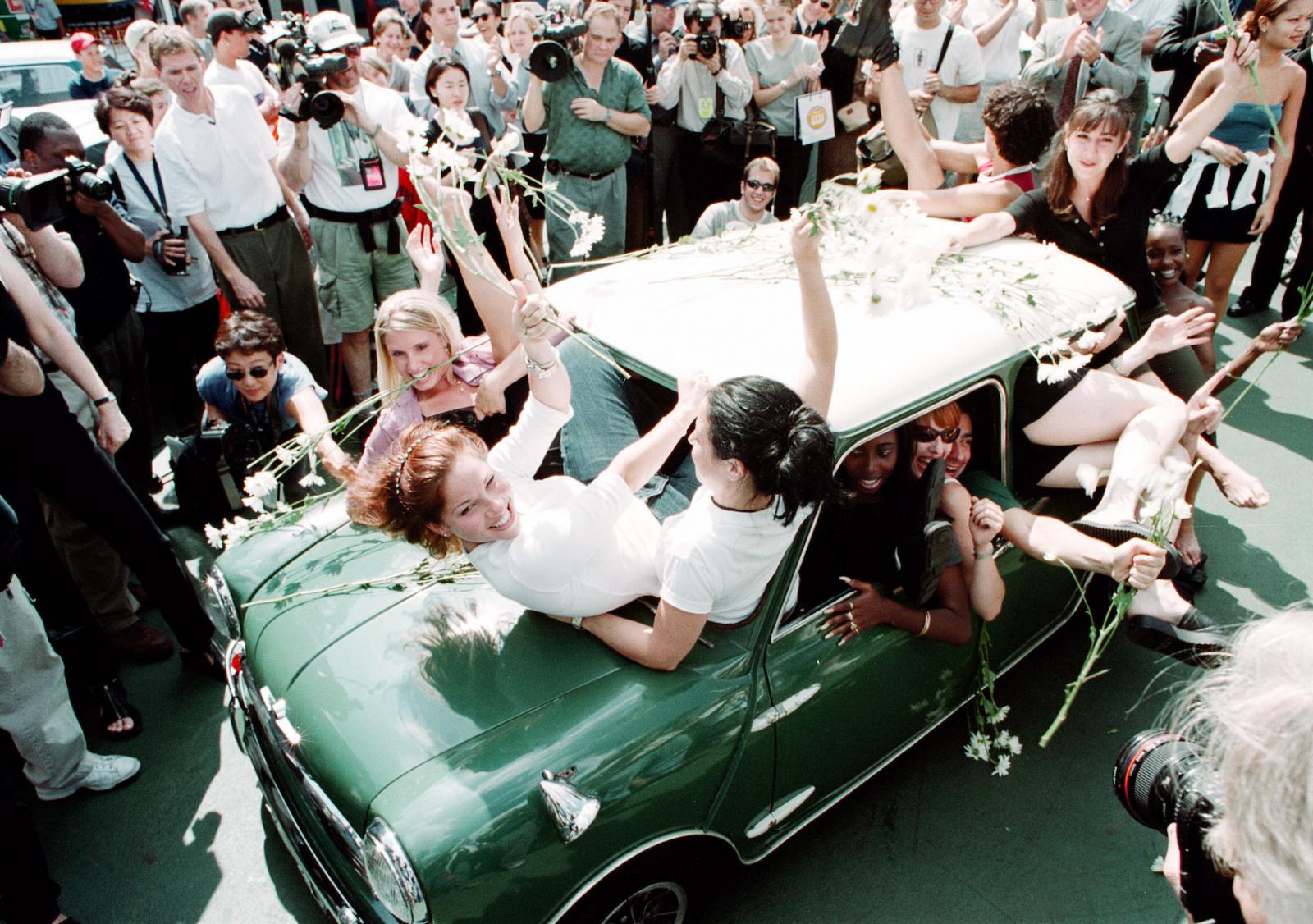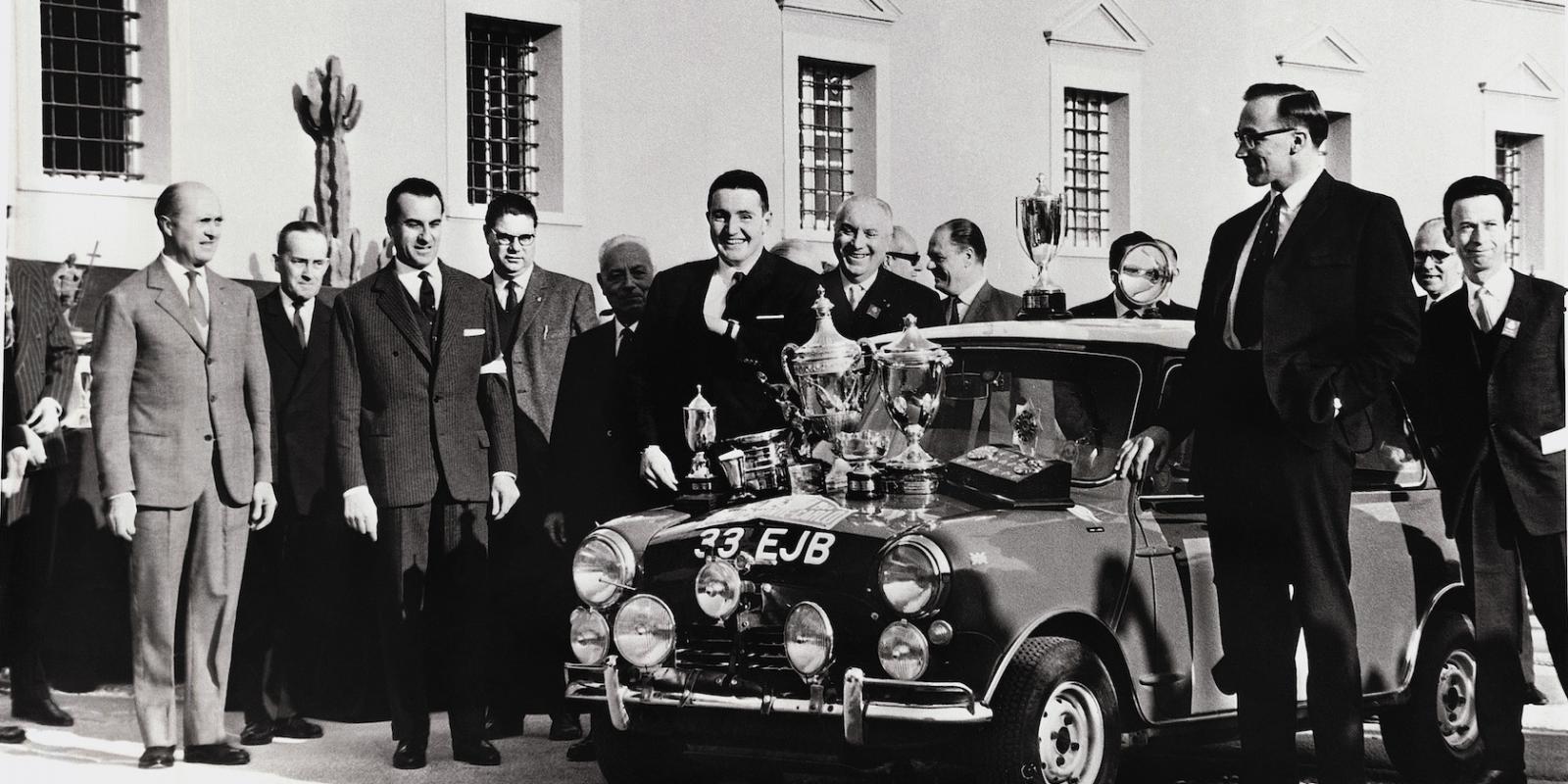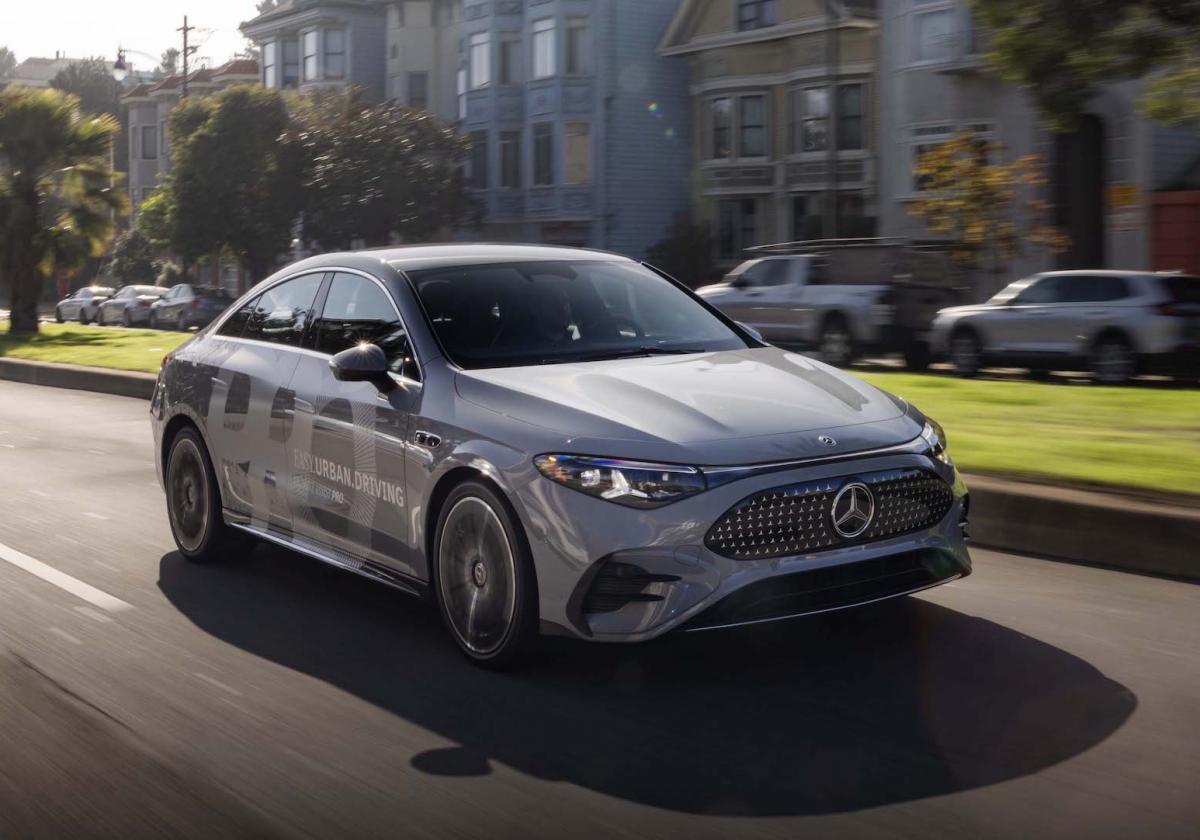Small cars like the MINI have always been a tough sell in the United States, where they’re typically seen as bare-bones transportation for those on a limited budget rather than as a space-saving, fuel-efficient choice for those who simply prefer a smaller, lighter vehicle. In 2002, the BMW Group upended that notion with the MINI Cooper, a car that was not only small and efficient but fun to drive, premium, and—above all—quirky. The MINI Cooper became a surprise hit in this market, and those who bought it became not just customers but a community.
Neither of those results could have been predicted when BMW acquired MINI in 1994, as part of its purchase of UK consortium, the Rover Group. Mini—originally in lower case—was one of a slew of British brands included in the deal along with Land Rover, Triumph, MG, Riley, and Wolseley. The sale also included outdated industrial plants, substandard product quality, and labor unrest—problems so intractable that BMW would sell off most of the Rover Group’s assets just six years later.

Though Mini was plagued by some of the same problems faced by the Rover Group overall, it was retained as an essential component of the multi-brand strategy in which the core BMW brand was bracketed by Mini and Rolls-Royce, purchased separately. Rolls would allow BMW to target customers for whom even a 7 or 8 Series wasn’t exclusive enough, while Mini would allow the company to build small cars with the front-wheel drive that was anathema to BMW in that era.
BMW renamed the brand MINI, with all-caps
To distinguish the modern MINI from its antecedent, BMW rendered the name in all-caps. BMW then built what amounted to an all-new plant inside the existing exterior walls of the circa 1912 Morris Motors plant in Cowley, near Oxford, England. Equally important, BMW designed an all-new MINI to replace the classic Mini, which had been introduced in 1959 and updated only incrementally in the decades that followed.
The classic Mini was a ’60s style icon, endowed by Sir Alec Issigonis—coincidentally, the great-uncle of BMW’s then-chairman Bernd Pischetsrieder—with a cheerful demeanor that made it a favorite of musicians, actors, and anyone else aspiring to hip style in Swinging London. The car was a sporting legend, too, having won the Monte Carlo Rally in 1964, ’65, and ’67. (It should have won in 1966, as well, but was disqualified for the color of its headlamps.)
That victory inspired Adrian van Hooydonk—then a young designer at BMW Designworks/USA—to sketch a car he dubbed the Anniversary Concept Vehicle (ACV) 30 in 1997. The sketch impressed BMW design chief Chris Bangle, who approved the creation of a running prototype. With distinctive fender creases and stunning red paint with white stripes, the ACV30 was described by Bimmer magazine’s Jay Jones as “pure adrenaline in a small package.”

Van Hooydonk’s concept didn’t make it into production, and neither did an economy-focused concept from the Rover Group. Instead, BMW opted for a design by Frank Stephenson based on a theoretical evolution of the Mini over three decades.
The new MINI made its first huge splash in Paris, and it didn’t disappoint those who drove it at the international press launch. Writing for Bimmer magazine’s October 2001 issue, Ian Kuah said the new MINI “redefines handling and ride in small cars, bringing unprecedented mechanical refinement to the supermini class. It’s also chic, well-built, good value for money, and downright desirable.”
At the time, the MINI hadn’t been announced for the U.S. Behind the scenes, however, a small group of employees at BMW of North America had spent the previous six years setting the stage for its arrival.
When the MINI was first mooted, BMW of North America was led by President Victor Doolan, a native of Great Britain. Doolan had always liked the original Mini, and he knew that U.S. sales volumes would be crucial to the MINI’s success worldwide. “The problem was the cost of the vehicle, which made it too expensive to be a viable project in the U.S.,” Doolan said.
To overcome that obstacle, BMW NA optimized the wholesale-retail relationship, allowing MINI dealers to share back-end services and administration with their BMW franchises while selling MINI from dedicated showrooms. To further enhance profitability, the BMW NA’s product planners—namely Rich Brekus and Bert Holland—pursued a premium strategy in which the base MINI offered in the U.S. would not be the 89-horsepower MINI One but the 113-horsepower MINI Cooper. Above that, the 168-horsepower MINI Cooper S and 197-horsepower MINI John Cooper Works would complete the lineup.
That strategy was approved by BMW NA’s then-CEO Helmut Panke, but it came into doubt in February 1996, when Panke left Woodcliff Lake for Munich and a seat on the BMW AG Board of Management. Panke’s replacement as BMW NA CEO, Dr. Heinrich Heitmann, insisted that MINI would never work in the U.S.
Nonetheless, Heitmann supported the investigations then underway, while other key players within BMW of North America remained committed to MINI. That group included Stefan Krause, then CEO of BMW Financial Services. Krause assigned Rich Steinberg—one of the prime architects of BMW NA’s captive leasing program and a longtime enthusiast of British cars—to research the financial aspects of
CARLIST THOUGHTS
MINI’s actual sales total was 24,590 in 2002, followed by 36,010 in 2003, MINI’s first full year on the U.S. market. Both figures could have been higher: With the Oxford plant still ramping up, many customers had to wait months for their cars to be delivered. Rather than bemoan the delays, MINI created a sense of excitement around them. More than 20 years after its introduction to the U.S., MINI remains “a small, fun-to-drive car with a big heart” as Peyton describes it. MINI USA continues to host customer-focused events like MINI Takes the States, and to collaborate with hip, design-based organizations like Pantone, for which it wrapped a MINI Cooper Convertible in 2025’s Color of the Year, Mocha Mousse.







